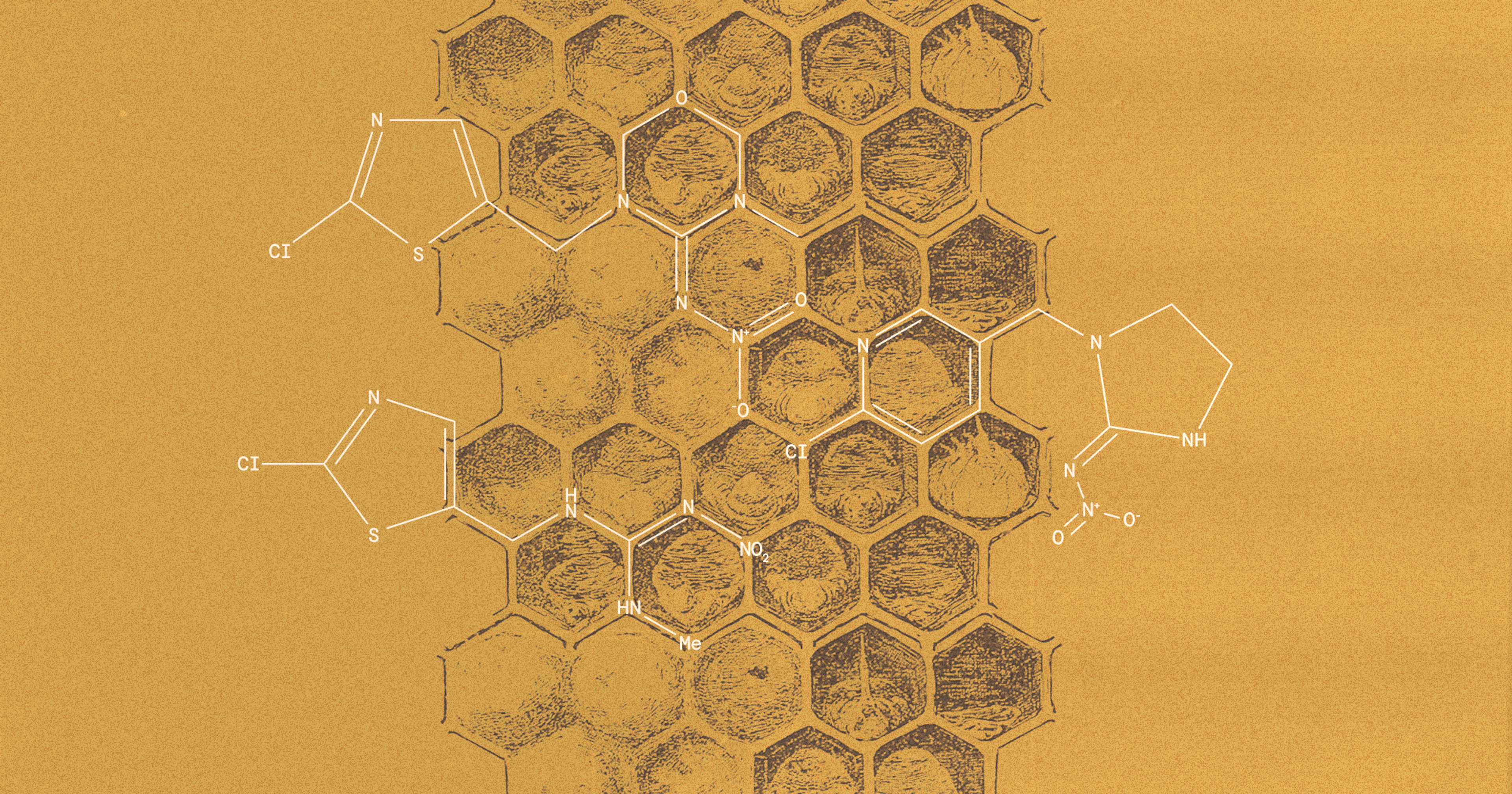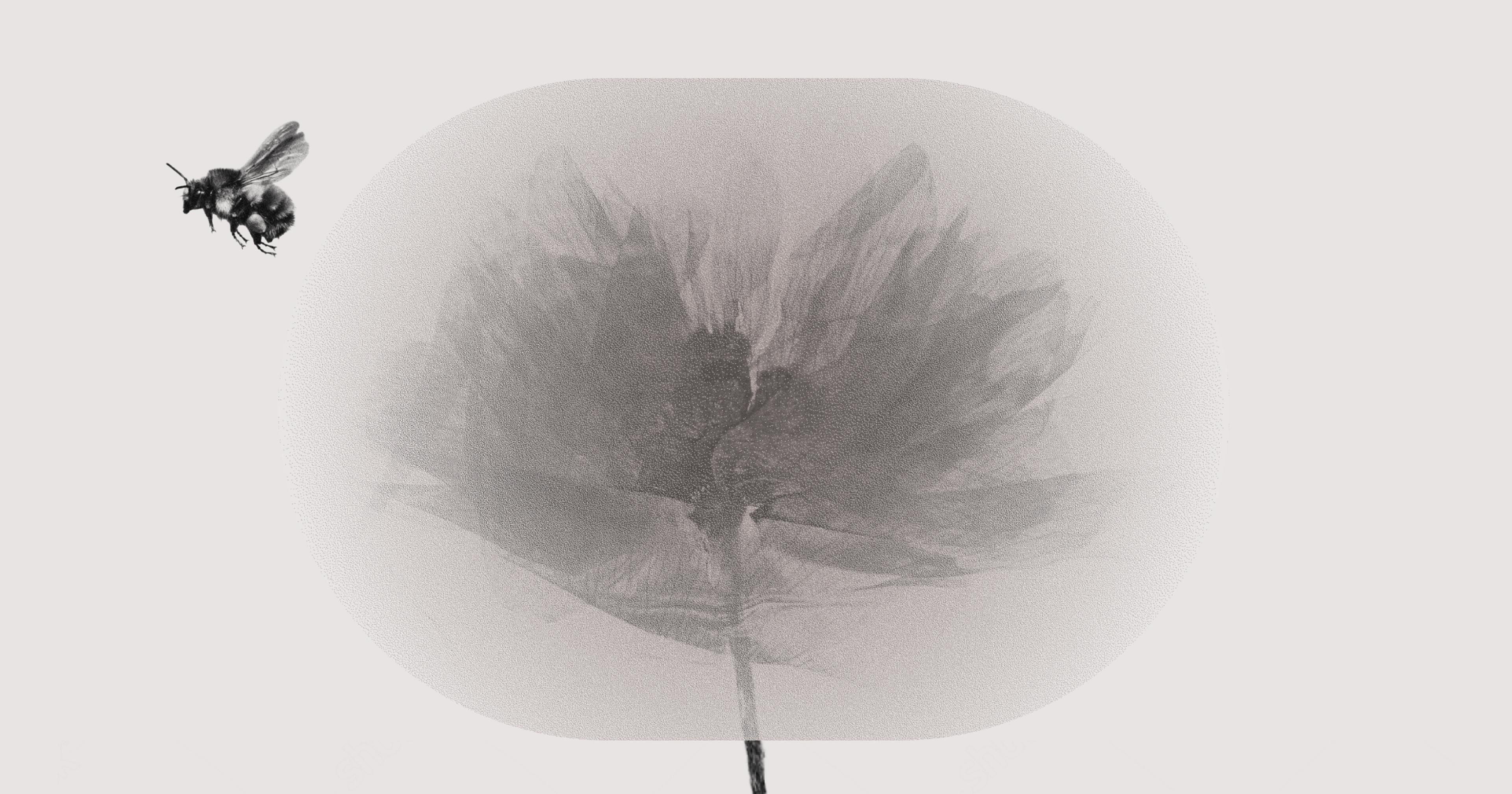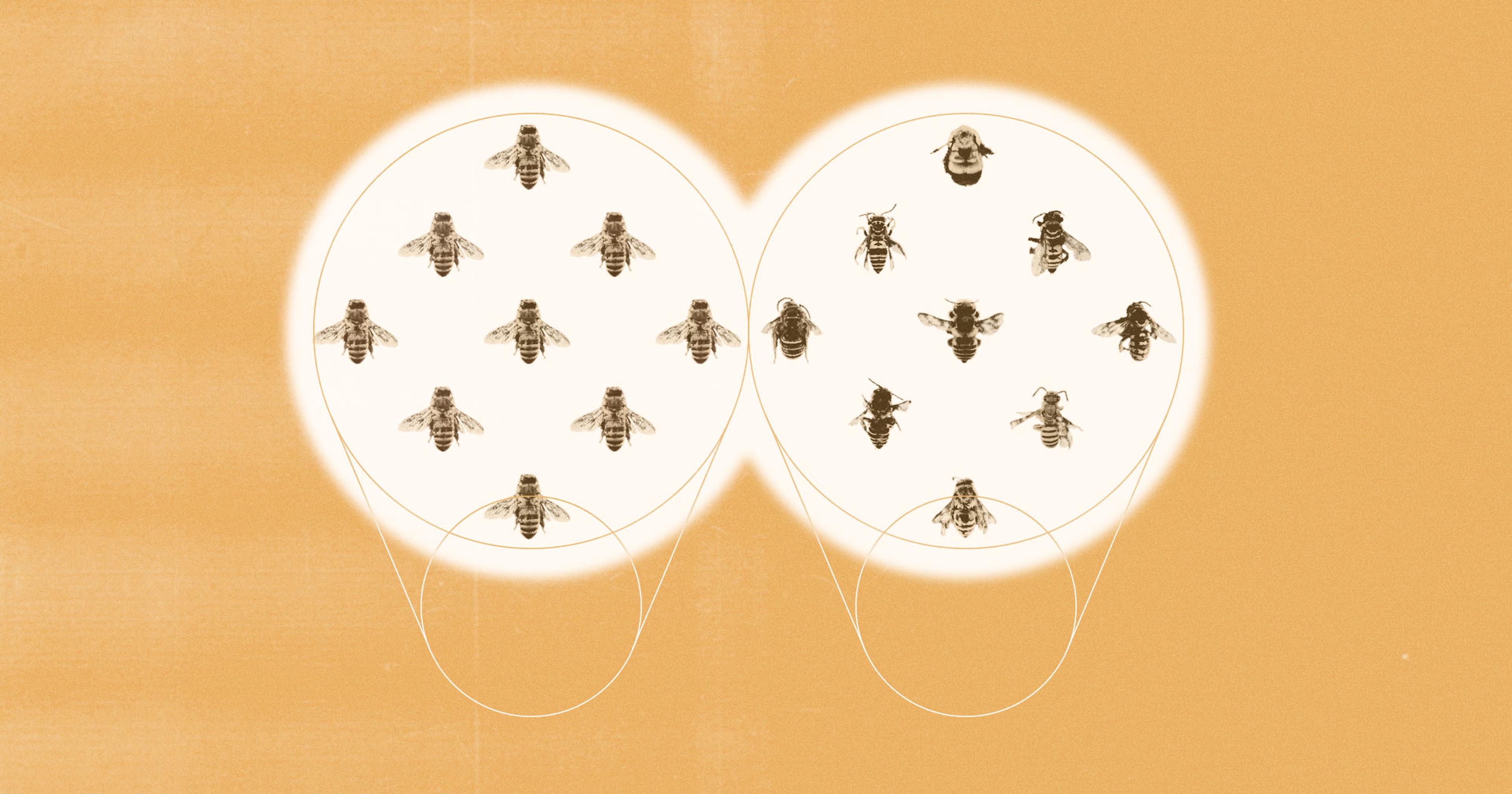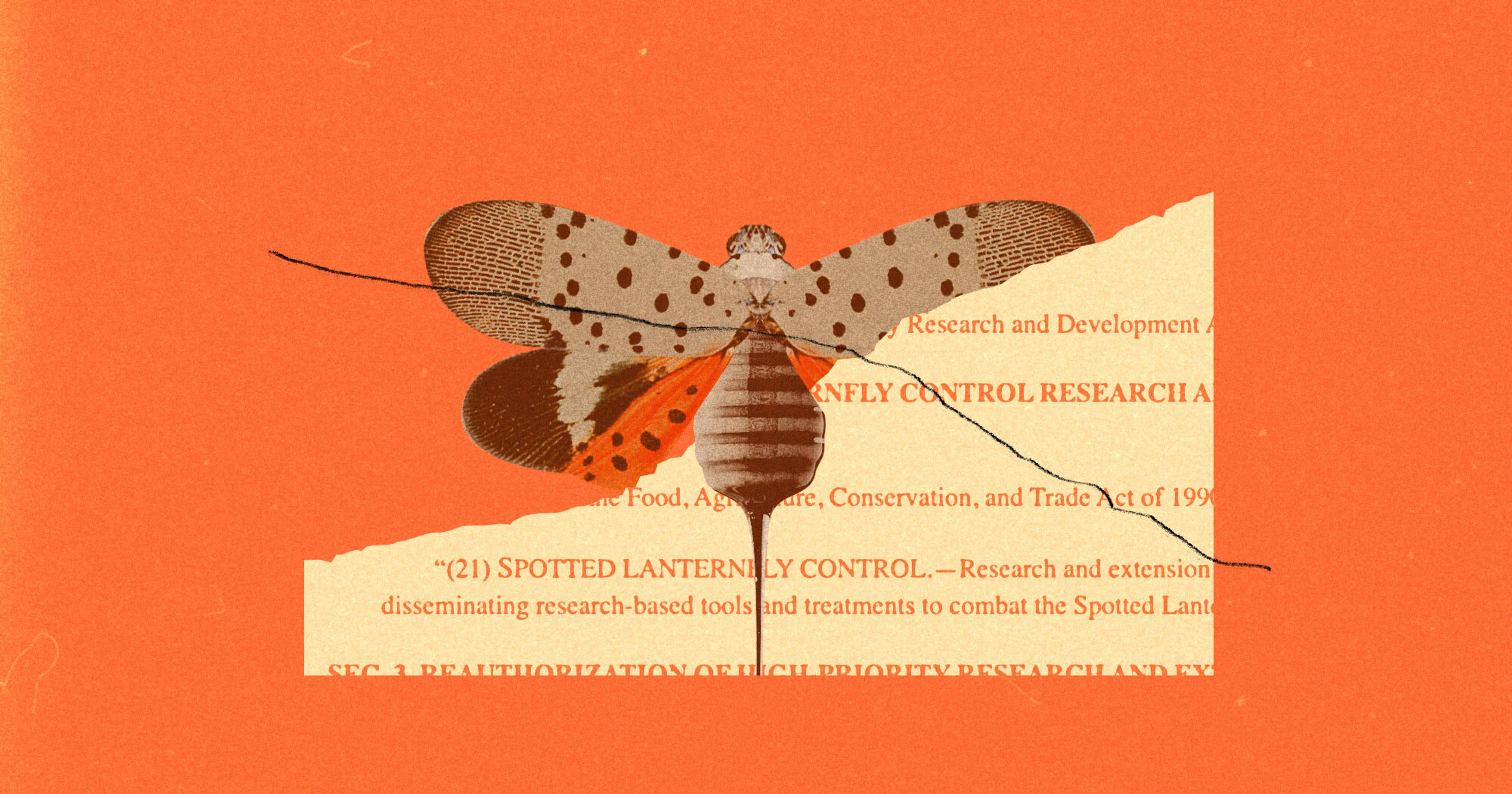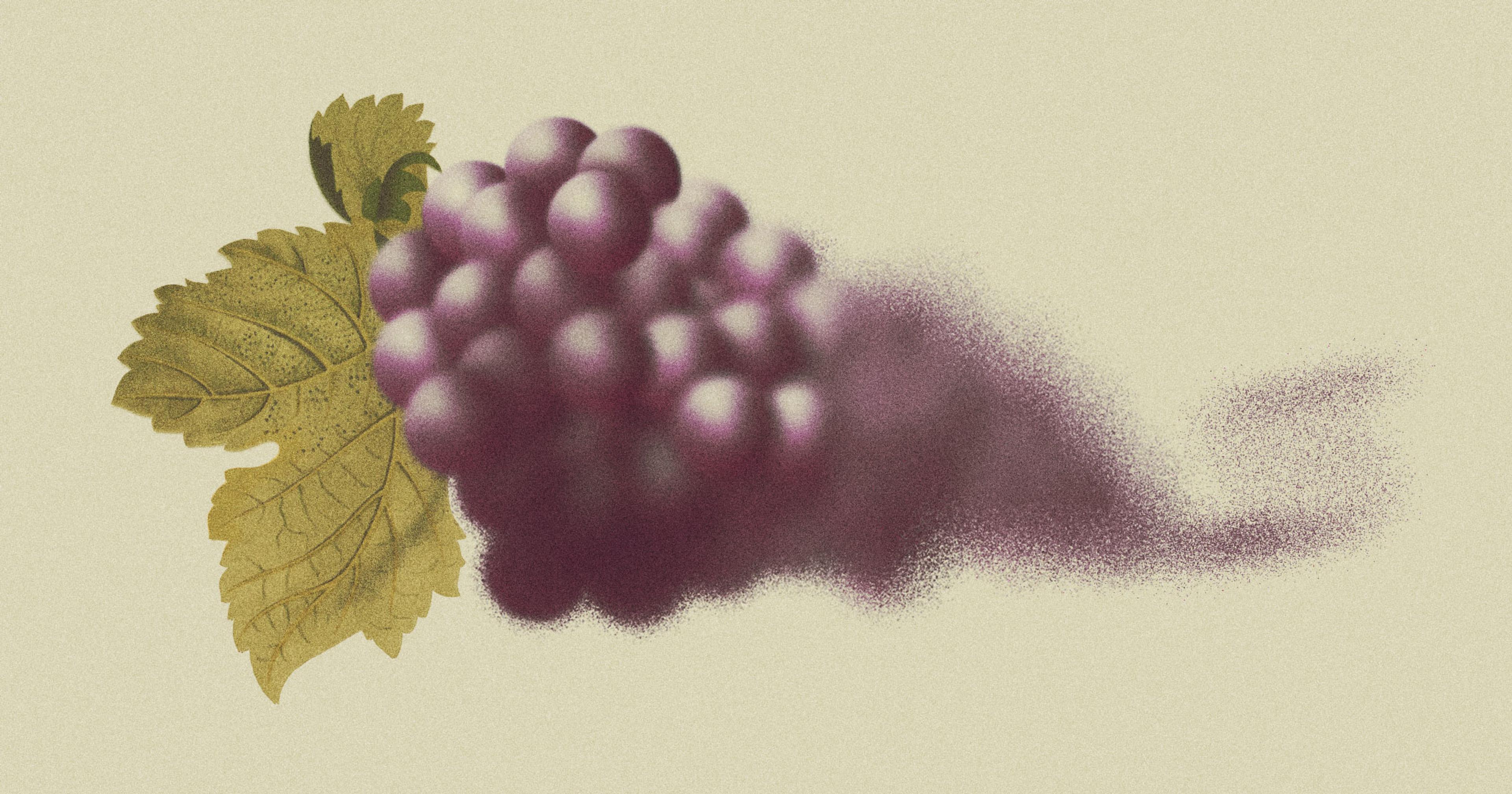Cornell researchers found New York beeswax swimming with pesticides. Beekeepers aren’t surprised, but with hive health at stake, calls for action are growing.
Standing on the edge of a newly blooming almond grove in Southern California, Chris Hiatt observes his honeybees dip and flit around the soft white flowers that coat the season’s latest crop. Soon, the pollination cycle will be complete, and Hiatt and his nearly 20,000 hives will pack up and move to Washington for apple season, then on to North Dakota to harvest summer honey.
It’s not an easy life, said Hiatt, president of the American Honey Producers Association. He’s a bachelor for nearly seven months of the year while his wife and kids stay in North Dakota for school. The hives need to be constantly on the move if they want to pollinate the country’s rotating crops. “It’s rewarding, though,” Hiatt said. “Because you take care of the bees, and usually they take care of you.”
Still, going from field to field, farm to farm, exposes honeybees to a variety of uncommon chemicals. Fungicides, insecticides, and sprays like Roundup threaten not just Hiatt’s productivity, but his entire colony of bees.
A recent study from researchers at Cornell University backs up Hiatt’s fears — it found widespread pesticide contamination in beeswax from managed honeybees. Other products, including honey, bee pollen, and wax in cosmetics may also be exposed to these pesticides, the study reported.
“It’s not really a surprise,” said Hiatt, about the study. He’s no stranger to losing honeybees, sometimes entire hives, to contamination issues. Last year, nearly half of all U.S. honeybees died, alternately attributed to pesticides, parasites, starvation, and climate change. Yet 35% of the human diet relies on insect-pollinated plants — and honeybees are responsible for 80% of that pollination.
Hiatt noted that bees tend to collect and bring insulative materials back with them. This often includes straw, pottery, and wood, but Hiatt said he’s seen things like roofing materials in tow, which can hold a variety of toxic chemicals.
However, the biggest contamination threat comes directly from the pesticides, fungicides, and insecticides that are also widely used in American farming. Though their use is regulated by the United States Environmental Protection Agency (EPA) and other regulatory agencies, misuse still occurs. And, even when products are used as instructed, they can have harmful effects on pollinators — in some cases disrupting birth rates by up to 75 percent.
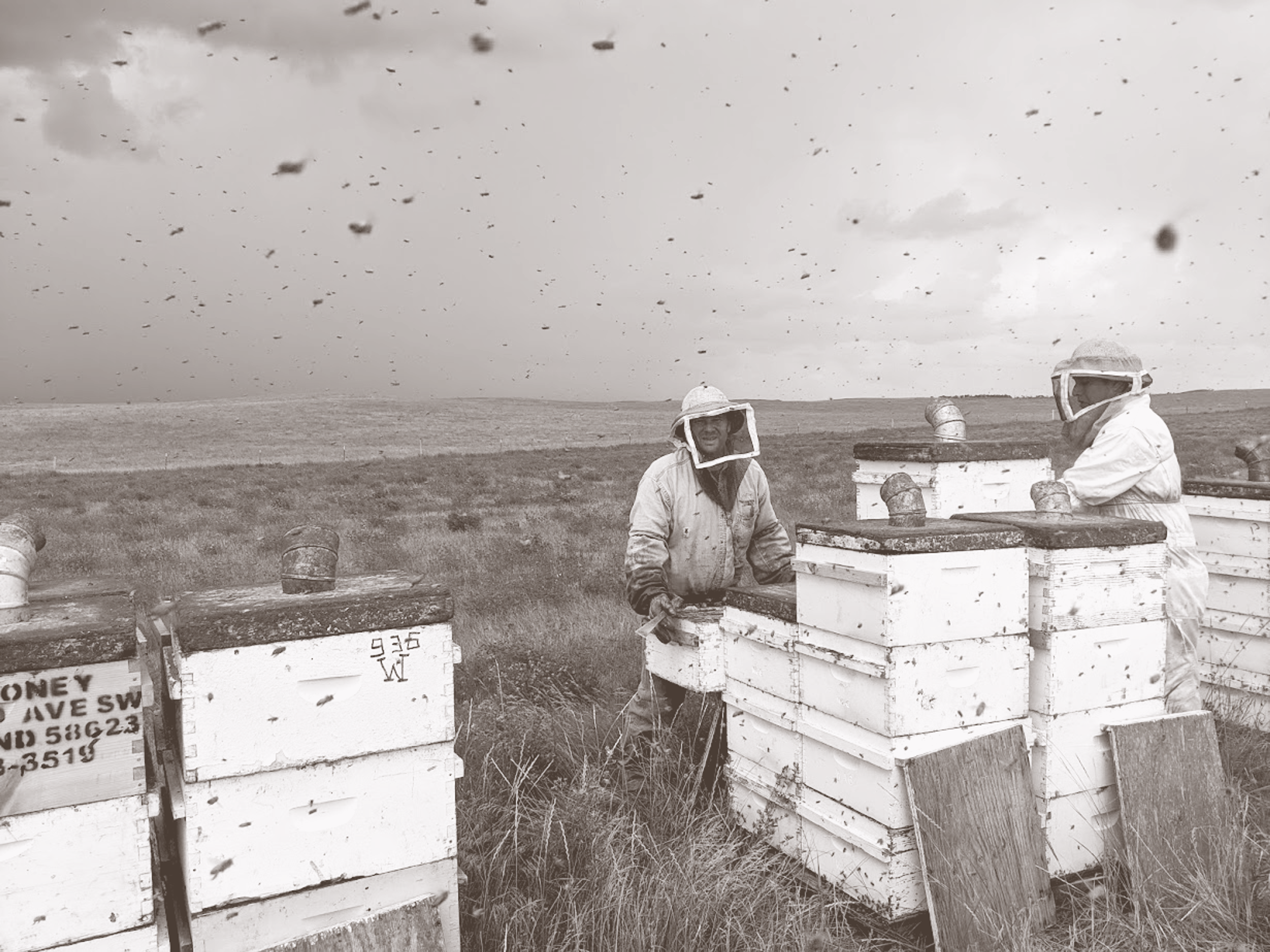
Image courtesy of Hiatt Honey
Hiatt has contracts in place meant to protect his bees while they work on specific farms. “You can’t spray while [plants] are in bloom,” he said. “And spraying midday is worse than spraying in the morning or at night.” Still, he’s had to warn big growers in the past that if they spray and kill his bees, he’ll break contract and leave. “For the most part, you’re safer under contract,” he said. “But, as soon as it’s done, they start spraying again, and we get exposed soon after that.”
The Cornell study found that beeswax from commercial beekeeper colonies contained the most chemical residues, compared to hobbyists and sideliners. That said, every sample tested contained some mix of pesticides. “[Commercial bees] are exposed to a lot of different crops, and farmers may use different pesticides for each,” said Karyn Bischoff, the study’s lead author, in a press release.
Recent years have seen an influx of neonicotinoid pesticides, or neonics, on farms, often used to grow corn, canola, and soy. Research shows neonics harm honeybees and wild bees, yet widespread use continues. Studies warn that, due in part to neonic use, the amount of harmful insecticides in farmland and nearby areas has grown 50 times larger over the past 20 years.
“There’s only a certain region that you really need [neonics],” said Hiatt. “And only in one out of every four or five years. But instead they’re actively using it over and over again, risking resistance, plus exposing all the water, soil, and bees to pesticides.”
“Someone could take a fat sample from our bellies and there would be a whole plethora of scary things in us.”
Cornell’s researchers found the most common pesticide in its tested samples was Piperonyl butoxide, a common insecticide and herbicide used on agricultural crops and livestock. Neonics such as acetamiprid, clothianidin, imidacloprid, and thiamethoxam were also found. Imidacloprid — which has been known to actually repel bees from flowers — and clothianidin have been banned by the European Union. Neonic effects on human health have been studied, though the science is still out on their long-term risks.
Jerry Hayes, a long time beekeeper and bee health advocate who previously partnered with Monsanto to attempt to end the varroa mite plague currently decimating American bees, said that while contamination is inevitable, the question of risk should always focus on concentration.
“Someone could take a fat sample from our bellies and there would be a whole plethora of scary things in us, because we are exposed in so many different ways to chemicals,” said Hayes. He noted that EPA, Food and Drug Administration (FDA), and state regulations all have allowable concentration limits. Hiatt agreed, noting, “In all our food we eat … there’s leftover stuff in everything. A lot of it is parts per billions. It doesn’t mean it’s going to do anything to you, but it exists.”
While Cornell’s study did find a higher-than-average number of pesticides in its beeswax samples, researchers noted concentrations were similar to those found in previous studies. “Because pesticides can accumulate in wax, it’s important for beekeepers to keep removing old wax every few years and having the bees replace it to make sure the colonies and the bee products remain healthy,” said Bischoff in Cornell’s press release.
Still, with beeswax used in everything from cosmetics to food production, and even in animal feed for cows and sheep, there’s reason to pause when thinking of mounting chemical concentrations. Neonic pesticides have also been found widely in honey samples from around the world, though researchers say levels remain below those allowable for human consumption.

Courtesy of Hiatt Honey
In Hayes’ mind, the biggest threat is actually backyard gardeners. “We’ve got 50 million acres of suburban lawns in the U.S., taking in about 18 million pounds of chemicals,” he said. “I’m much more concerned about some guy pumping out his backyard garden sprayer … and when it says put in 2 parts per gallon, he puts 4.”
Off-label use of chemical products, which includes over-mixing, over-diluting, and unauthorized use does pose a serious risk to honeybee health. New York State began restricting the use of neonics for lawn care in early 2023, in an effort to protect pollinators. A number of states soon followed, including Nevada, Colorado, and Maryland.
“It all comes down to our federal government taking samples and seeing what’s in the samples,” said Hayes. “If you don’t do that you don’t know, and if you don’t know you can’t tell beekeepers to stay away from an area or crop.”
For Hiatt, the beekeeping industry is up against more than just backyard gardeners. “I’m really worried for the future of bees,” he said. “The varroa mite is just getting worse, viruses are getting more viral, and the annual losses are just staggering.”
“Every third bite of food you eat is a result of a honeybee,” he added. “We need to find a way to protect them.”

